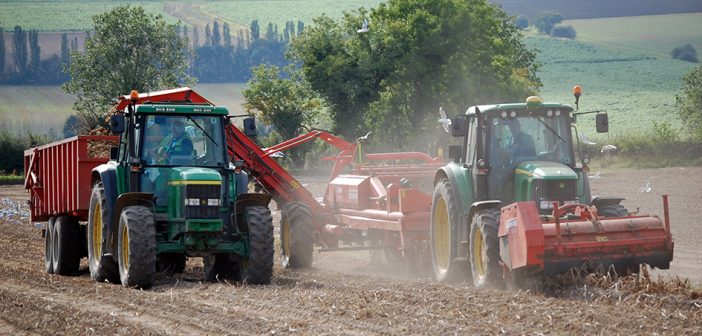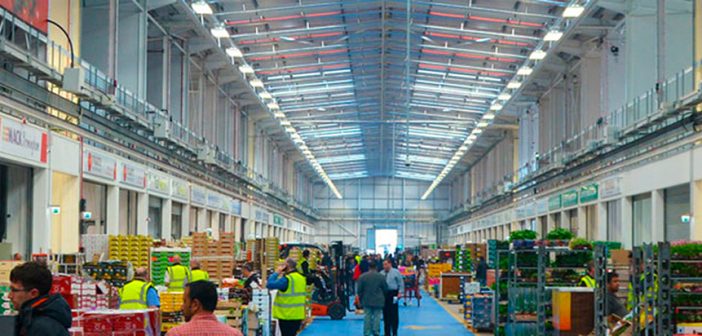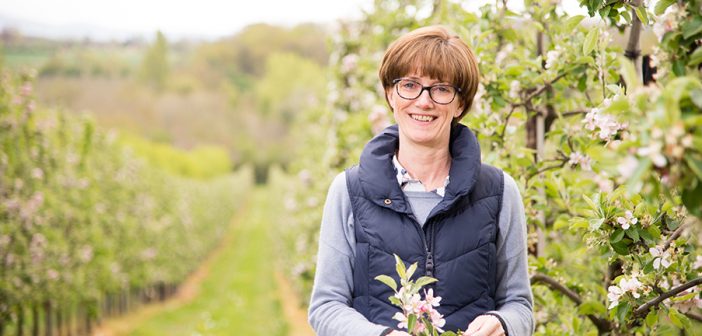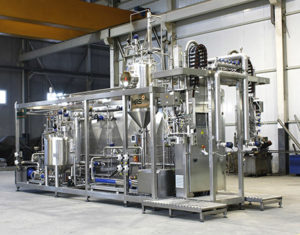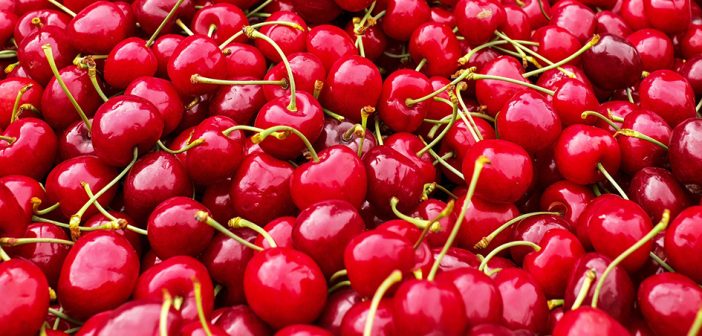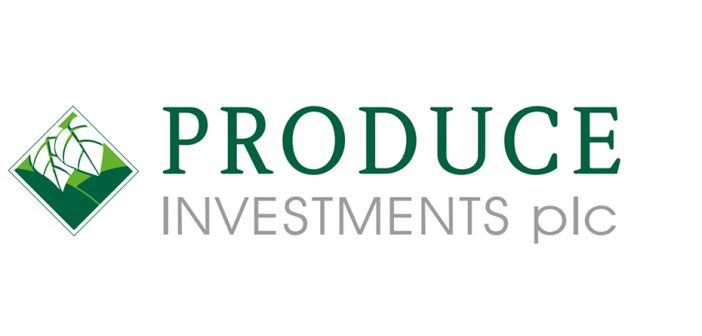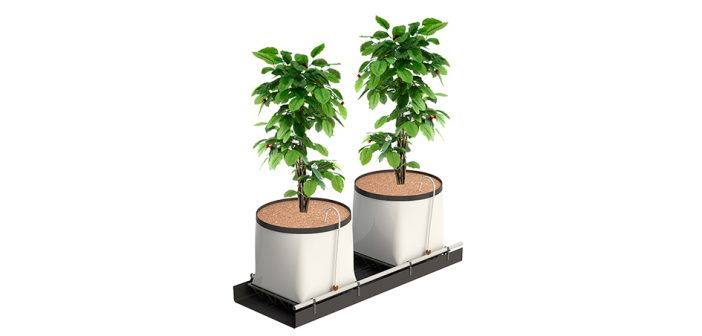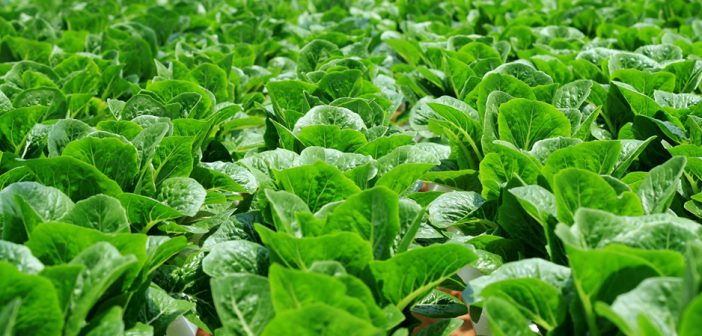Thanks to tighter environmental regulations and greater public awareness, companies are increasingly looking to reduce or eliminate the waste that they produce. In recent years, Zero Liquid Discharge (ZLD) has become an important waste reduction technique, but its potential in dealing with hazardous waste streams has not been fully appreciated until now.
One of the advantages of ZLD over other treatment techniques is its theoretical ability to separate unwanted materials from water, whether they are benign, hazardous or toxic. The resulting solid residue is often more stable, making it suitable for recycling or landfill. A well-designed ZLD system should minimise or even eliminate liquid waste streams, resulting in clean water for reuse or environmentally-friendly discharge, and a solid residue suitable for further processing (often to recover valuable components for use elsewhere) or for safe disposal.
Correct analysis is crucial
The composition of wastewater streams varies greatly; certain wastewater sources, such as power plants and boilers with wet gas scrubbing, often contain salts which may be hazardous, valuable, or both. Environmental regulation usually means that treatment is required to reduce or remove such toxic compounds before wastewater can be discharged. Other sources, such as wet flue gas desulfurization, may contain highly soluble calcium and aluminium salts, as well as heavy metals, which are not easily crystallised by evaporation.
The effective design of any ZLD system, and the appropriate pre-treatment processes, is therefore dependent on the correct analysis of the water/waste stream, making it essential to have an accurate analysis of composition, flow rates, chemistry, etc. Without this, any designed solution will fail to deliver the required results, if it works at all.
Energy-efficient evaporation
Vapour compression evaporation is commonly used in ZLD as evaporation can recover up to 95 per cent wastewater as distillate. Any remaining concentrate is further treated physically or chemically to produce solid residues (such as crystals) and water. By running the evaporators at lower pressures, the boiling point of the liquid being treated is reduced. This means that multi-effect evaporation can be made possible; that is, steam from a previous evaporation stage is used as thermal energy in the next stage which works at a lower boiling point. This way, multiple evaporation stages are combined, generating significant energy savings. For many components, crystal precipitation is favoured at lower temperatures, therefore lowering evaporation temperatures helps to increase the solids yield.
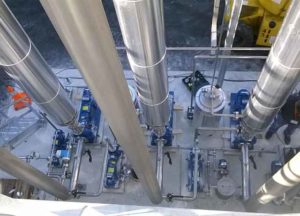
The role of heat exchangers
HRS Heat Exchangers is in the final commissioning stage of a ZLD system for an industrial client in Europe. Heat exchangers play a crucial role in reducing the running costs of a ZLD system by utilising heat from process water and other existing sources, and also recapturing heat at the end of the process and reusing it to boost the energy efficiency of the overall ZLD system. Where there is a hazardous liquid waste stream to deal with, then the potential to utilise ZLD techniques as part of the overall treatment solution should definitely be investigated, and HRS staff would be happy to discuss the potential options with you.
The post The Role of Zero Liquid Discharge in Reducing Hazardous Wastes appeared first on HRS Heat Exchangers
